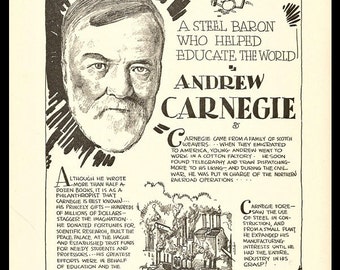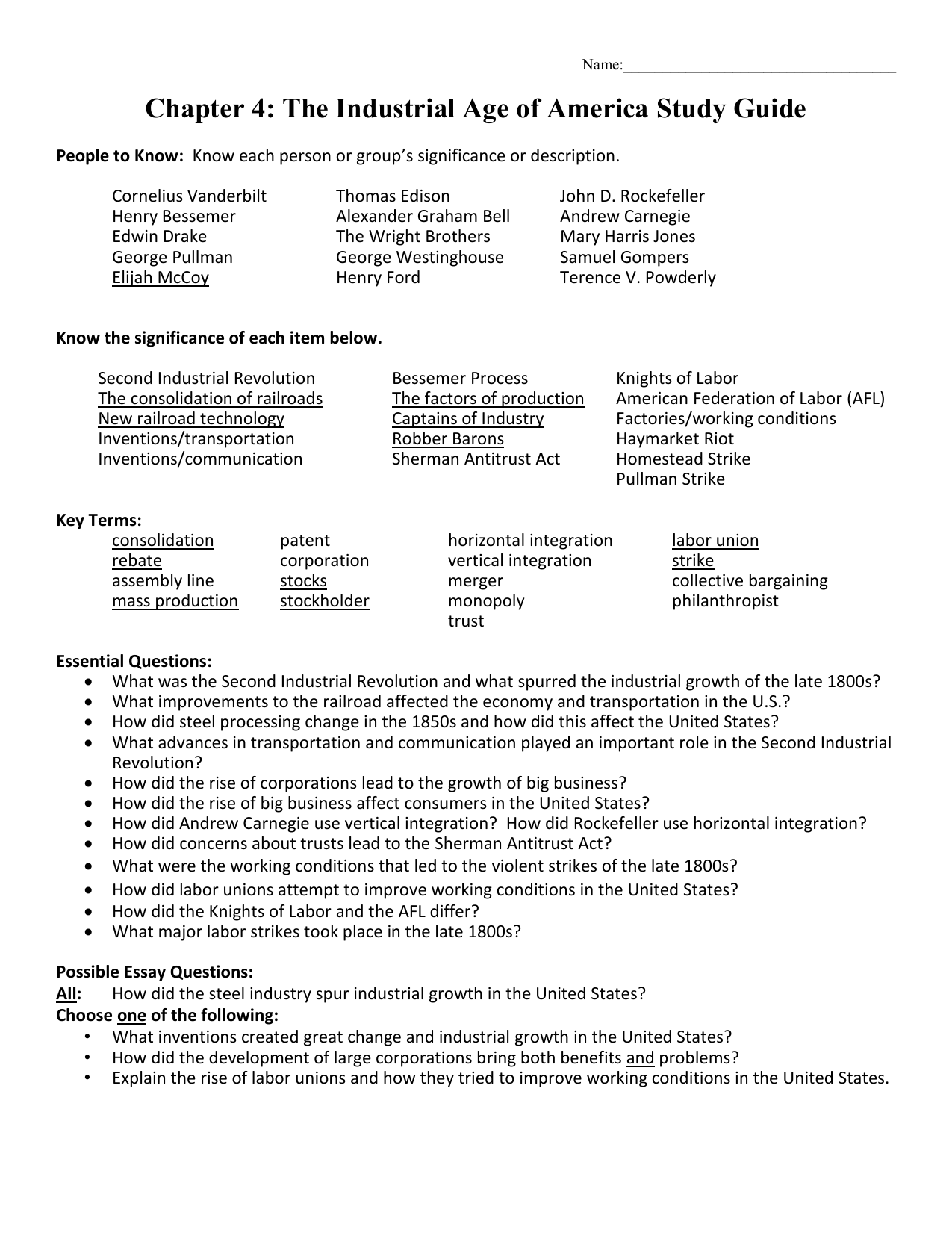


Bessemer's friends in the print-making industry enlisted him to use his metallurgical know-how to create inexpensive metallic paints. German paint companies had long concealed their secret methods for producing metallic paint, and their monopoly created artificially high prices for objects painted to resemble gold. It was a teachable moment and Bessemer never again left anything to chance in safeguarding his intellectual property rights.Ĭase in point: In Bessemer's time, there was a large demand for ornate picture frames and other decorative objects with the metallic luster of gold. He took the simpler idea to his boss, who appropriated the idea and rewarded Bessemer with a pink slip. But, she posited, wouldn't it be cheaper just to modify the government's existing stamp to include a date? As it turned out, Bessemer's wife-to-be was on to something. His fiancé was thrilled at the promise of a steady income and marriage. The Stamp Office loved the idea and, although Bessemer received nothing for the invention, he was offered the position of Superintendent of Stamps. He developed a unique press that embossed official stamps into the fibers of official paper documents. Recognizing the lost revenues tied to this problem, the British Stamp Office was receptive when the ever-inventive Bessemer came forth with a novel forgery-proof printing technology. In those days, forgery and the falsification of Britain's official authorization stamp for documents such as property deeds was rampant. Relocating to London at age 17, Bessemer earned a living selling decorative metal objects. His father, a metallurgist, showed young Henry his innovative techniques for making lead type harder and longer lasting by adding other ingredients to the molten metal. His inventive ways manifested themselves early, and his earliest innovations were focused on the family business of typography and printing.

In the U.S., where natural resources and risk-taking investors were abundant, giant Bessemer steel mills sprung up to drive the expanding nation's rise as a dominant world economic and industrial leader.īessemer was born in 1813 in Charlton, Hertfordshire, England. But were it not for the probing questions of his fiancé, he might have remained an anonymous bureaucrat and our world might still be built of cast iron.īessemer's famous one-step process for producing cheap, high-quality steel made it possible for engineers to envision transcontinental railroads, sky-scraping office towers, bay-spanning bridges, unsinkable ships, and mass-produced horseless carriages. At the time of his death in 1898, Sir Henry Bessemer – the father of the steel industry – had 100 British patents, a small fortune, and a knighthood to his credit.


 0 kommentar(er)
0 kommentar(er)
